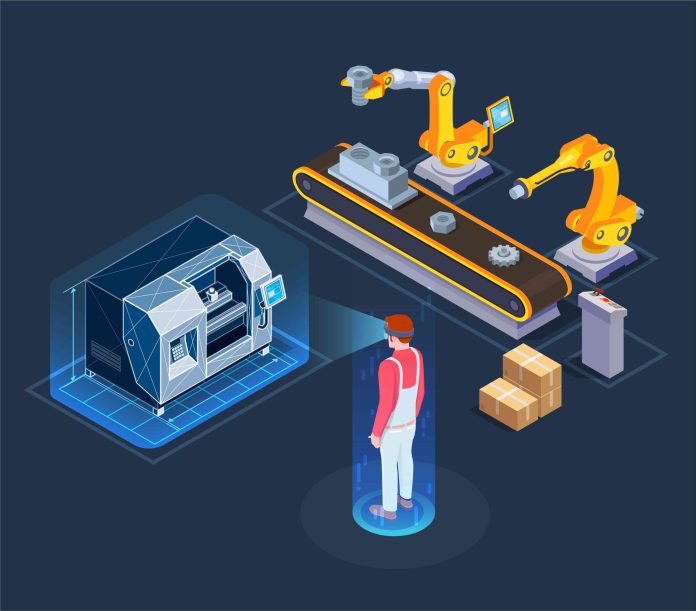The automotive industry is a complex and multifaceted sector that relies on a vast and intricate supply chain to function effectively. From raw materials to the finished product, the process involves numerous players and stages. This article aims to provide a comprehensive understanding of the supply chain in the automotive industry, highlighting its key components and the challenges it faces.
The Building Blocks of the Automotive Supply Chain
The supply chain in the automotive industry is a well-coordinated network comprising several critical components:
1. Suppliers
At the very beginning of the automative supply chain are the suppliers. These companies provide the raw materials, components, and parts needed to manufacture vehicles. Suppliers can range from large multinational corporations to smaller, specialized firms. They are responsible for ensuring that the necessary materials are of high quality, delivered on time, and meet the strict specifications of the automakers.
2. Manufacturers
Automakers, often referred to as Original Equipment Manufacturers (OEMs), are the heart of the automotive supply chain. They assemble and produce vehicles, integrating various components and technologies to create the final product. Some well-known OEMs include Toyota, Ford, General Motors, Volkswagen, and many others. These companies have a global presence, with manufacturing facilities scattered across different continents.
3. Distributors and Dealers
Once vehicles are produced, they move to the distributor level. Distributors act as intermediaries, taking on the responsibility of storing and transporting vehicles to dealerships. Dealers, in turn, sell these vehicles to customers. Dealerships are crucial for marketing and providing maintenance and service.
4. Logistics
Logistics play a pivotal role in ensuring the efficient movement of vehicles and parts throughout the supply chain. This involves transportation, warehousing, and inventory management. Advanced logistics and supply chain management systems are essential for optimizing the flow of materials and finished vehicles.
5. Customers
The end of the supply chain ultimately leads to customers, who are the driving force behind the entire industry. Their preferences, demands, and market dynamics shape the production and distribution strategies of automakers. Meeting customer expectations is the ultimate goal of the supply chain.
Challenges in the Automotive Supply Chain
1. Globalization and Diverse Supplier Networks
Challenge: The automotive industry relies on a vast and diverse network of suppliers from all corners of the globe. Coordinating production and deliveries across various time zones, cultures, and regulatory environments can be a daunting task.
Solution: Implementing robust supplier relationship management (SRM) practices can help streamline communication and collaboration. Utilizing digital tools for tracking and real-time visibility into the supply chain can enhance the efficiency of global operations.
2. Quality Control and Compliance
Challenge: Ensuring the quality and safety of automotive components is paramount, given the potential risks associated with defective parts. Regulatory compliance, quality control, and testing standards can vary significantly across regions and markets.
Solution: Implementing standardized quality control protocols and investing in advanced testing technologies can help maintain product integrity. Collaboration with suppliers to meet and exceed industry regulations can also mitigate compliance issues.
3. Inventory Management
Challenge: Balancing the need for lean inventory with the demands of a just-in-time production process is a constant challenge. Overstocking can lead to increased carrying costs, while understocking can disrupt production.
Solution: Employ data analytics and forecasting models to optimize inventory levels. Collaborative demand planning and the use of inventory management software can help automotive companies strike the right balance between cost-efficiency and production continuity.
4. Demand Volatility and Market Trends
Challenge: The automotive industry is heavily influenced by market trends and consumer preferences. Rapid shifts in demand for specific vehicle types, features, and technologies can catch supply chains off guard.
Solution: Maintaining flexibility in production processes and supply chain configurations is vital. Collaborative partnerships with suppliers and the ability to quickly adapt to market changes can help automotive companies stay ahead of the curve. Furthermore, investment in research and development to anticipate future trends can be an advantage.
Future Trends in the Automotive Supply Chain
As the automotive industry continues to evolve, several trends are shaping the future of its automative supply chain:
1. Electrification
The shift towards electric vehicles (EVs) is altering the landscape of the supply chain. Automakers are investing in new supply chains for EV components, including batteries, motors, and charging infrastructure.
2. Autonomous Vehicles
The development of autonomous vehicles requires advanced technologies and a robust supply chain for sensors, software, and safety systems.
3. Sustainability
Sustainability will remain a key focus, with automakers and suppliers implementing eco-friendly practices and materials to reduce their carbon footprint.
4. Digitalization
Digitalization and data analytics are becoming increasingly important in optimizing supply chain operations. Real-time tracking and predictive maintenance can reduce downtime and costs.
5. Reshoring
Some automakers are considering reshoring parts of their supply chain to reduce reliance on distant suppliers and improve supply chain resilience.
In conclusion, the supply chain in the automotive industry is a complex, interconnected network that involves a wide array of players and processes. From suppliers to manufacturers, distributors, and customers, each component plays a vital role in delivering vehicles to the market. Challenges such as globalization, quality control, and sustainability are ever-present, while future trends like electrification, autonomy, and sustainability are shaping the industry’s path forward. Understanding and adapting to these dynamics will be essential for the continued success of the automotive supply chain.


